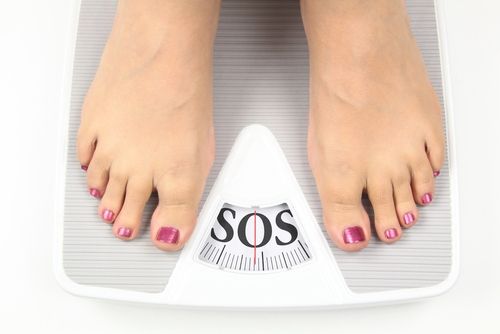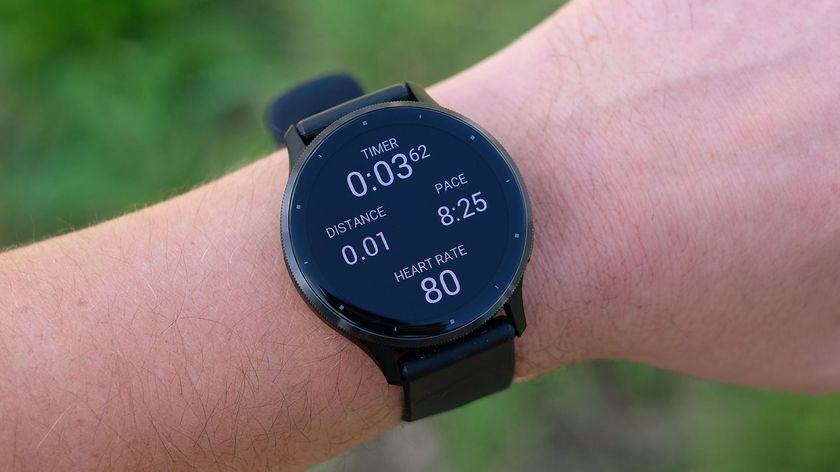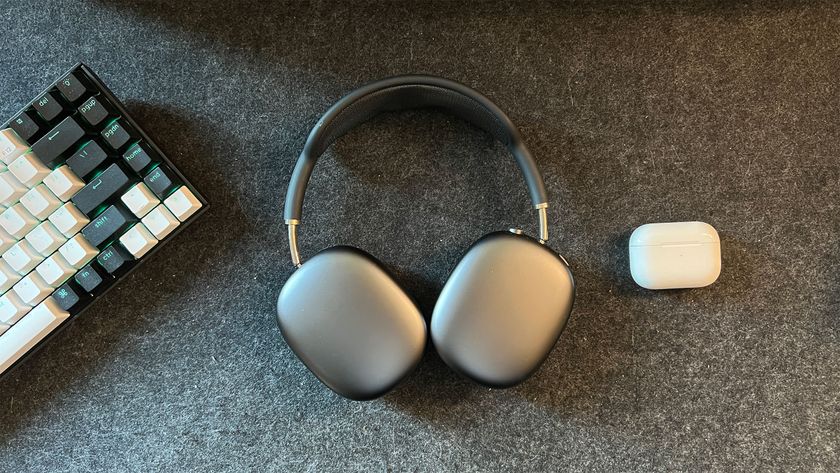BMI Calculator: Determine Your Body Mass Index

BMI For Adults. Flash Player 9 is required.
The body mass index, or BMI, is a number calculated from a person's weight and height. The number itself doesn't measure body fat directly, but it provides an indicator of body fatness for most people, and is used to screen for weight categories that may lead to health problems, according to the Centers for Disease Control and Prevention.
For adults, BMI is calculated using a formula: weight (in kilograms) divided by height (in meters) squared, or alternatively, weight (in pounds) divided by height (in inches) squared and multiplied by a conversion factor of 703.
To use the widget on the left, provide your height and weight, and press calculate. You can provide your measurements using either English or metric system.
Now that you have your BMI, you can determine your weight status category using the following table:
"For most of the population, BMI is the measurement of choice for determining weight-related disease risk but should be not be the only measure used as part of an assessment," said Christine Santori, a nutrition expert and registered dietitian at the Center for Weight Management at Syosset Hospital in New York. "For more accurate results, BMI should be used in combination with other measurements of disease risk such as waist circumference."
BMI in children and teens
For children and teenagers ages 2 to 19, BMI is determined slightly differently and it takes into account age and gender. First, BMI is calculated on from a child's weight and height, and then is plotted on the CDC BMI-for-age growth charts for girls and boys. This way, a child's BMI number is examined in relation to the BMI of other children of the same age and gender, and shows what percentile the child belongs to.
For example, if a child's BMI is less than the 5th percentile, meaning that it is lower than the BMIs of 95 percent of the children of the same age and gender, then the child is considered underweight:
For most children and teens BMI-for-age is a reliable indicator of body fat, Santori said. However, it is a screening tool, not a diagnostic one, she said. "It should be used in conjunction with other assessments like evaluation of physical activity, diet, family history, and other health screenings."
What does BMI show?
Studies have shown that higher BMI is linked to a variety of health problems, such as higher risk for heart disease, type 2 diabetes, high blood pressure and stroke. Other conditions linked to high BMI include colon and breast cancers, gallbladder disease, osteoarthritis, sleep apnea and respiratory problems, according to the CDC.
It is important to remember that BMI is not a diagnostic tool, the CDC says. For example, a person may have a high BMI, but to determine whether he is at higher risks for health problems, a doctor would need to perform further assessments, such as evaluations of diet, physical activity and family history.
Moreover, a higher BMI doesn't necessarily mean more body fat for everyone, Santori said.
"BMI is a fairly accurate way measure of body fat although there are certain factors such as age, sex, ethnicity, and muscle mass which may affect its accuracy," she said.
For example, highly trained athletes may have a high BMI because of having more muscle mass rather than increased body fatness, Santori said. "A limitation of using BMI is that it measures excess weight without determining the percentage of weight from muscle or fat."
Also, BMI doesn't show where fat is distributed in the body; for example, whether it is concentrated around the abdomen, which may be particularly risky for heart health.
"Individuals who have a pear-shaped body (carry more weight below their waist), are less likely to develop obesity-related diseases compared to those who have an apple-shaped body (carry more weight above their waist)," Santori said.
Age, gender and race also contribute to how well BMI reflects body fat. For example, at the same BMI, women tend to have more body fat than men, who tend to have more muscle tissue. Similarly, older people tend to have more body fat than younger adults with the same BMI.
Because calculating BMI only requires height and weight, it is an inexpensive method for researchers and clinicians to assess obesity or other weight conditions among a population. The use of BMI allows people to compare their own weight status to that of the general population, the CDC says.
Other ways to measure body fat
There are other methods to measure body fatness, but they are not as simple as BMI. These methods include skinfold thickness measurements using calipers, underwater weighing and bioelectrical impedance analysis.
Scanning the body with various imaging technologies could accurately measure body fat too. For example, CT scans or MRIs, or even DEXA scans, which are used to measure bone density, can all measure fat in the body, but all are complicated and costly.
"These methods are usually not used in research because they require training, are costly, and may not be as easily accessible," Santori said.
Email Bahar Gholipour. Follow Live Science @livescience, Facebook & Google+.
Sign up for the Live Science daily newsletter now
Get the world’s most fascinating discoveries delivered straight to your inbox.













